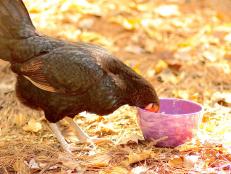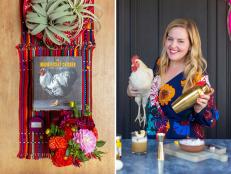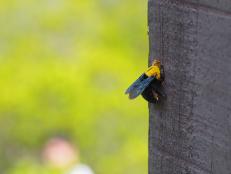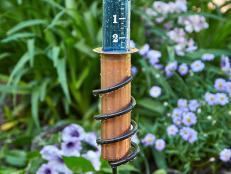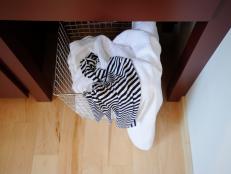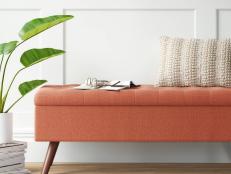Housing Baby Chicks

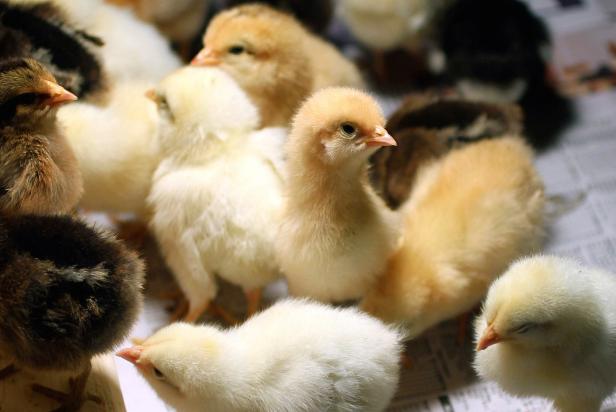
For those new to raising backyard chickens or the seasoned keeper expanding the flock, starting with baby chicks is usually the most economical way to establish a happy, healthy and social flock. Some choose to hatch from eggs, while others will take advantage of hatcheries which provide day old chicks. Whatever route you take, new chicks need special attention before they are ready to join the general population in the backyard coop. Controlled temperature and protection from the elements and older birds means special housing for the first couple of months until they have “feathered out” and are large enough to survive on their own.
Any pen or container set up with a controlled heating element for the purpose of housing baby chicks is called a “brooder.” Although commercial brooders can be purchased, they can be costly, especially for equipment that will be used for just a couple of months. Depending on how many chicks will be housed, homemade brooders can be fashioned from materials found around the house, using anything from cardboard boxes, “kiddie” pools, storage containers or scrap lumber. It generally takes about 8 weeks until chicks have grown large enough to move into the coop, so brooders need not be built to last, but a few criteria must be met to keep your new arrivals safe and comfortable.
Brooder Size
New chicks require at least ½ square foot of space per bird, but that number will double within a month. By 8 weeks, 1 ½ - 2 square feet will be needed to give these growing peeps room to romp. While chicks may be transferred into larger enclosures as they develop, it’s usually easier to start with a pen that will accommodate them throughout the brooding process. Find or construct a container appropriate to the number of chicks and with sides 12-18 inches high to discourage birds from “going over the wall” as their wings develop.
Location
Find a warm, dry and well-ventilated location to set up the brooder. Adult birds may injure growing chicks, so a brooder placed inside an existing coop should be isolated from the flock using chicken wire. Garages, sunrooms or ventilated outbuildings all make great locations for this temporary housing. Make sure the brooder is protected from potential intruders like snakes, raccoons or house pets. If security is an issue, old window screens may be anchored on top of the brooder to protect chicks from potential predators.
Temperature
New chicks require plenty of warmth. Hang a 250 watt bulb about 18 inches above the floor of the brooder. As chicks develop, this additional heat source won’t be necessary. Watch chick behavior. The temperature below the lamp should be about 90 degrees for the first week and the lamp may be raised to reduce the temperature by 5 degrees each week until the pen reaches room temperature.
Bedding
For the first few days, only paper towels, newspaper or burlap should be used to line the brooder to give chicks better footing and to make it easy for them to identify food (chicks may mistake loose bedding for food). By the end of the first week, wood shavings can be added at a depth of 1-2 inches to the brooder to provide a soft, absorbent bedding. Bedding should be changed regularly to make sure the brooder remains clean, dry and relatively odor-free.
Food and Water
Provide feeders and waterers designed for small chicks. Waterers must be shallow to prevent accidental drowning and feeders low enough for easy access. Use “starter” feed, which is higher in protein than conventional layer feed and will help birds develop. When introducing chicks to the brooder, dip their beaks in water to help them identify the source.
A well-maintained brooder will offer growing chicks everything they need until they are ready to join the gang in the coop. It usually takes about two months until growing chickens are fully feathered and strong enough to leave the brooder, but they may be ready as early as six weeks. Once fully-feathered, if birds begin to peck at each other or are easily escaping the brooder by flying over the confines, it may be time to introduce them to the rest of the flock.






